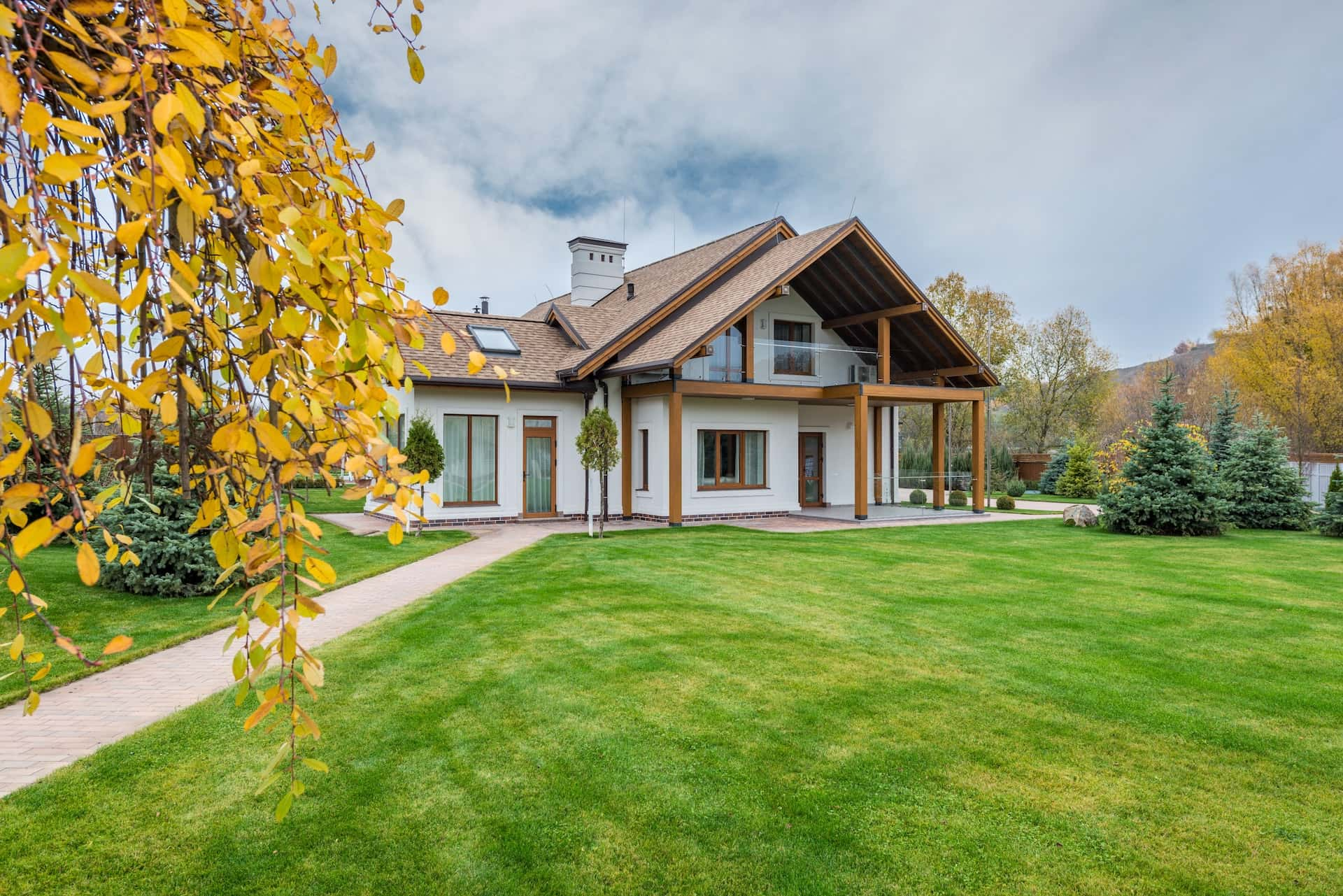
Beyond Grass: Incorporating Native Plants for a Low-Maintenance Landscape Sep 10, 2025
Native plants are those that naturally occur in a specific region, climate, or ecosystem. These plants have adapted over centuries to thrive in the local environment, making them ideally suited for your yard. By choosing native species, you can easily create a lively garden with minimal effort. Unlike exotic species, native plants require less watering, fertilization, and pest control, all of which contribute to a lower carbon footprint.
One of the standout benefits of integrating native plants into your landscape is the resilience they offer against local pests and diseases. These plants have evolved defenses that foreign species lack, meaning they are less likely to succumb to local infestations. This resilience reduces the need for chemical pesticides and fertilizers, making your garden safer for children and pets and more sustainable overall.
In addition to being hardy, native plants also support local wildlife. Birds, bees, and butterflies rely on these plants for food and habitat, so incorporating them into your landscape can help boost biodiversity. A well-planned native-plant garden can become an oasis for various forms of wildlife, providing essential resources needed for their survival. This creates a lively and dynamic outdoor space that enriches both your garden's ecology and your viewing pleasure.
Practical steps for adding native plants to your landscape begin with researching which species are indigenous to your area. Consulting with experts from companies like Landscape Design & Lawncare can provide valuable insights into which plants will perform best in your specific soil and climatic conditions. Some popular native plant choices include Coneflowers, Black-eyed Susans, and Bee Balm, known not only for their vibrant colors but also for their ability to attract beneficial pollinators.
When designing your garden, consider the specific needs of each plant type—such as sunlight and water requirements—by placing them in areas where they will naturally thrive. This thoughtful placement reduces the necessity for external inputs and helps the plants flourish. Grouping plants with similar needs together in clusters can simplify care routines and enhance the visual harmony of your garden.
To maximize the benefits of native plants, consider complementing them with strategic elements of hardscaping such as stone paths, water features, or retaining walls. These additions, provided by your local hardscaping experts, can improve not only the functionality of your landscape but also its aesthetic value. The contrast of natural plant textures against crisp hardscape features can create compelling visual interest while seamlessly integrating with the overall environment.
Incorporating native plants is a forward-thinking choice that adds value and requires less upkeep than traditional landscapes. By redefining your outdoor space with native flora, you support the local ecosystem, reduce maintenance expenses, and cultivate a garden that's both beautiful and sustainable.
Reach out to professionals at Landscape Design & Lawncare to start transforming your yard today. With expert guidance, cultivating a gorgeous, low-maintenance landscape filled with native plants is well within reach, allowing you to spend less time with yard work and more time enjoying your outdoor oasis.
/filters:no_upscale()/media/380927a3-6216-4e99-a19a-1b648dd68add.jpeg)
/filters:no_upscale()/filters:format(webp)/media/5f97a301-bb1a-4335-8952-938b7b33fc1c.jpeg)